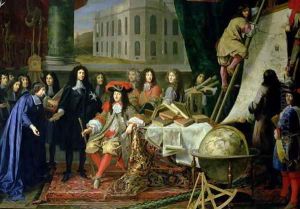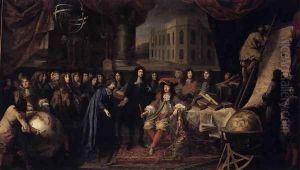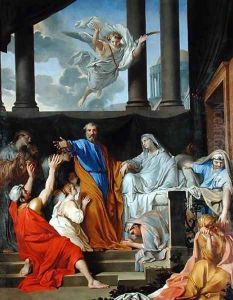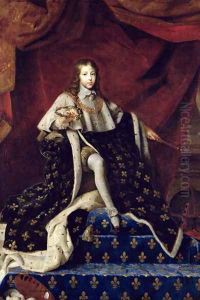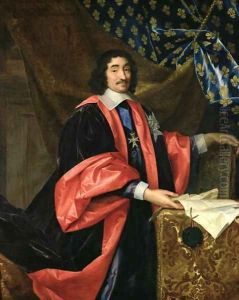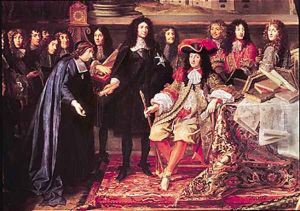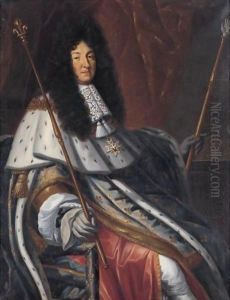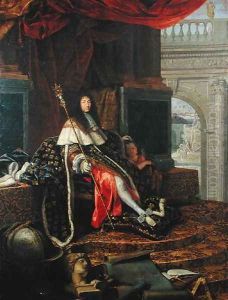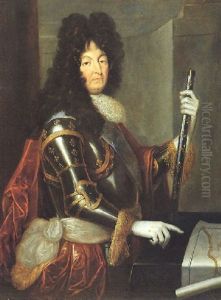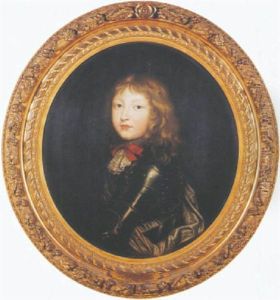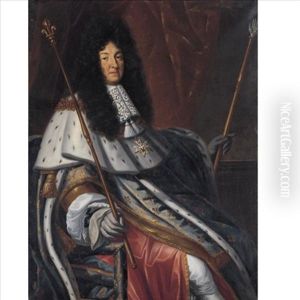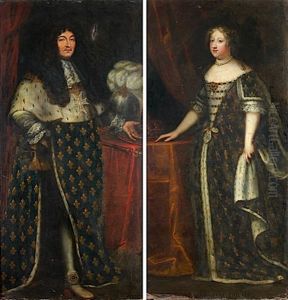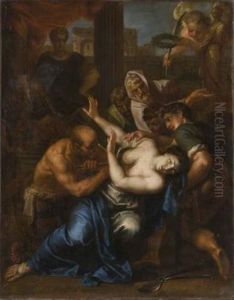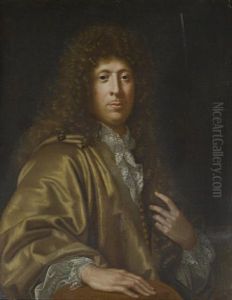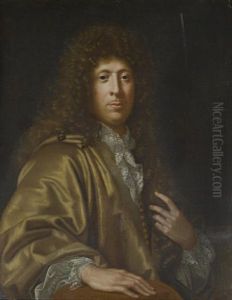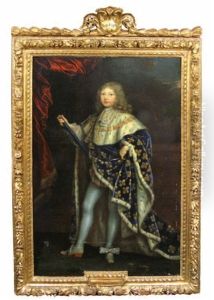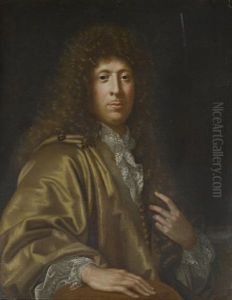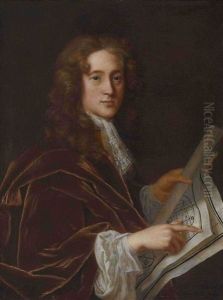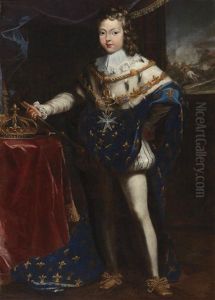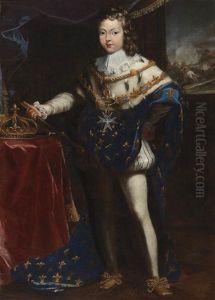Henri Testelin Paintings
Henri Testelin was a French painter and art theorist born in Paris in 1616. He hailed from an artistic family; his father was the painter and tapestry designer Simon Testelin, and his brother, Louis Testelin, was also a painter. Henri Testelin is closely associated with the French Baroque movement, and he is most noted for his role as one of the early members and a secretary of the Royal Academy of Painting and Sculpture in Paris. His contribution to the Academy and French art during the 17th century was significant, both in his capacity as an educator and an administrator.
Testelin was a student of Simon Vouet, a leading French painter of the time, who had a profound influence on the development of the French Baroque style. Under Vouet's tutelage, Testelin developed a painting style that emphasized color, movement, and the dramatic use of light and shadow, hallmarks of the Baroque aesthetic. Despite his skills as a painter, Testelin's legacy is more significantly tied to his contributions to the French art establishment and his writings on art theory.
In 1648, Testelin was among the founders of the Royal Academy of Painting and Sculpture, an institution created under the patronage of Louis XIV with the aim of elevating the status of the arts in France and organizing the training of artists. As a secretary of the Academy, Testelin was instrumental in developing its educational program and played a key role in organizing the Academy's early exhibitions. His writings, including the notable 'Sentimens des plus habiles peintres sur la pratique de la peinture et sculpture, mis en tables de préceptes,' published in 1680, provided insights into the art theory and practices of the time, emphasizing the importance of drawing, the study of nature, and the ethical responsibilities of the artist.
Testelin's own artistic output includes portraits and historical paintings, with his portraits of Louis XIV and other members of the royal court being especially noteworthy. These works are characterized by their elegance, detailed depiction of fabrics and textures, and the dignified portrayal of their subjects, reflecting the grandeur and ideals of the French court.
Henri Testelin's contributions to the French art world extended beyond his death in 1695. His efforts in establishing a structured art education system and his theoretical writings influenced the development of French art for generations, securing his place in the history of French art as a pivotal figure in the consolidation of the French Academy and the promotion of the Baroque style in France.
